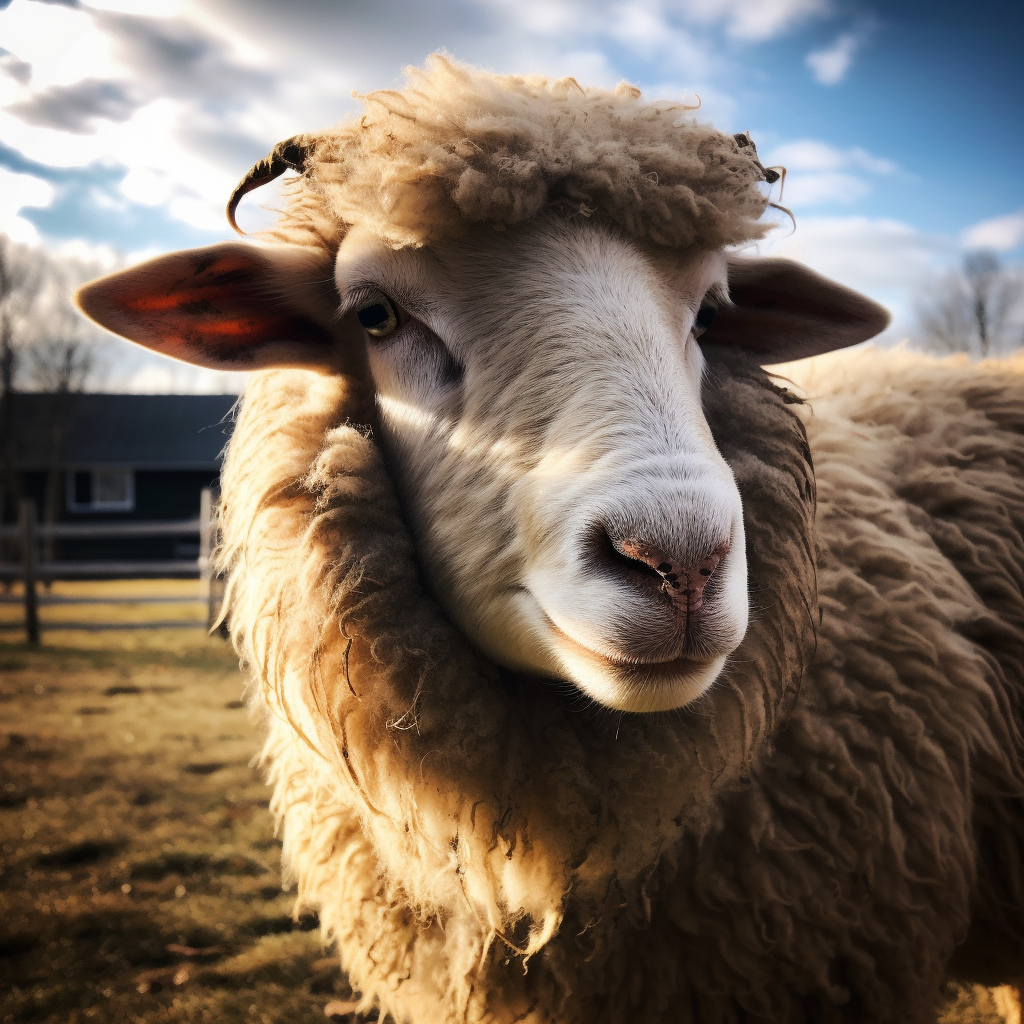February 23, 2024
The Impact of Climate Change on Animal Rescue Operations
Book a Demo
Catskill Animal Sanctuary, located in Saugerties, N.Y., finds itself at a crossroads, as it contemplates relocation due to the effects of climate change. The sanctuary, a haven for neglected and abused animals, is struggling to rehabilitate 42 sheep who are suffering due to the increased rainfall and flooding.
Climate change, a global issue that is affecting various aspects of life, has increased annual precipitation in New York by 10 to 20 percent over the past century. This increase is particularly noticeable in areas such as New York City, the Catskill Mountains region, and the Lower Hudson Valley. The added rainfall has created a wet environment, detrimental to the health of the sheep who are already in a fragile state.
The problem doesn’t stop at increased rainfall. Animal sanctuaries across the country, Catskill included, are being forced to consider relocation due to a host of climate change-related issues. Wildfires, droughts, and hurricanes are increasingly becoming threats to the safety and well-being of the animals these sanctuaries protect.
Moreover, the sanctuary is also grappling with the environmental impact of the heavy rainfall and flooding. Soil erosion and the loss of trees have been significant, further complicating Catskill’s mission to provide a safe and healthy environment for its animals.
The International Federation of Animal Sanctuaries has reported that more sanctuaries are strengthening their disaster preparedness plans. This highlights the growing concern within the animal rescue community about the impact of climate change on their operations.
Despite the challenges presented by a wetter climate, some sanctuaries, like Sweet Farm and Candy Farm, are choosing to relocate to New York. They are escaping more severe climate change threats such as wildfires and drought, prevalent in other parts of the country.
Catskill Animal Sanctuary had rescued 42 sheep that were found to be anemic and suffering from foot rot. This contagious bacterial disease is exacerbated by wet conditions, making the task of rehabilitation even more challenging for the sanctuary. As the sanctuary grapples with these issues, the broader question of how animal sanctuaries can adapt to a changing climate remains.
Science4Data is committed to cut through greenwashing and measure real impact. Join the journey to a sustainable future. Your actions matter.



